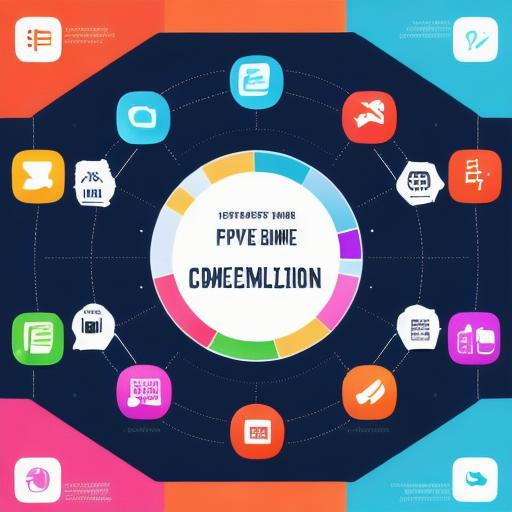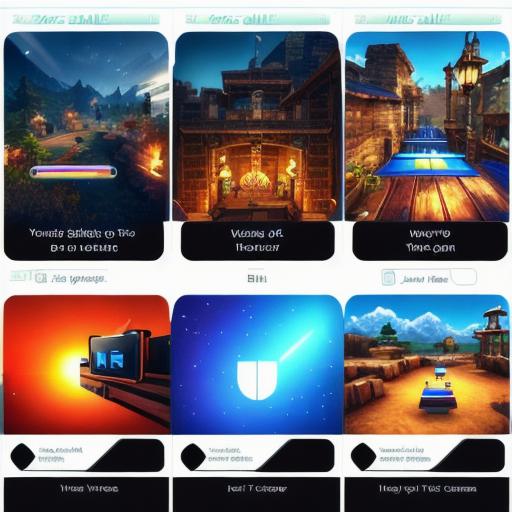Welcome mobile game developers!
Today we’ll address a common question in our community: “What is the best mobile game development framework for creating top-quality games?” Let’s explore some popular options and their merits.

**1. Unity3D**
Unity3D, a powerful cross-platform engine, is widely used for developing 2D and 3D games. Its Asset Store offers an extensive library of free and paid plugins to speed up development. Unity supports both native code (C, JavaScript) and visual scripting. With its intuitive UI, rich features, and a vast community, Unity can create high-performance mobile games that captivate players.
**2. Unreal Engine**
Unreal Engine is known for creating stunning, visually immersive experiences with its advanced graphics capabilities. It’s ideal for developers who prioritize AAA-quality visual effects in their games. Though it has a steeper learning curve compared to other frameworks, the payoff can be significant, offering the potential for truly breathtaking mobile gaming experiences.
**3. Cocos2d-x**
Cocos2d-x is an open-source, cross-platform 2D game development engine that boasts a large community and extensive documentation. It supports various programming languages (Lua, C++, JavaScript) and comes with built-in physics engines, animation tools, and other features essential for creating captivating 2D mobile games.
**Factors to Consider**
When choosing the best mobile game development framework, consider the following factors:
1. Your team’s expertise and comfort level with the engine’s programming language.
2. The complexity of your project and desired visual effects (e.g., 2D vs. 3D).
3. Platform support (iOS, Android, or both).
4. Budget for paid plugins or assets.
5. Community size and resources available.

**Conclusion**
There is no definitive answer to which framework is best for creating top-quality mobile games since each one offers unique advantages. By carefully considering the factors mentioned above and experimenting with each engine, you’ll be well on your way to making an informed decision that suits your project requirements and development team.
